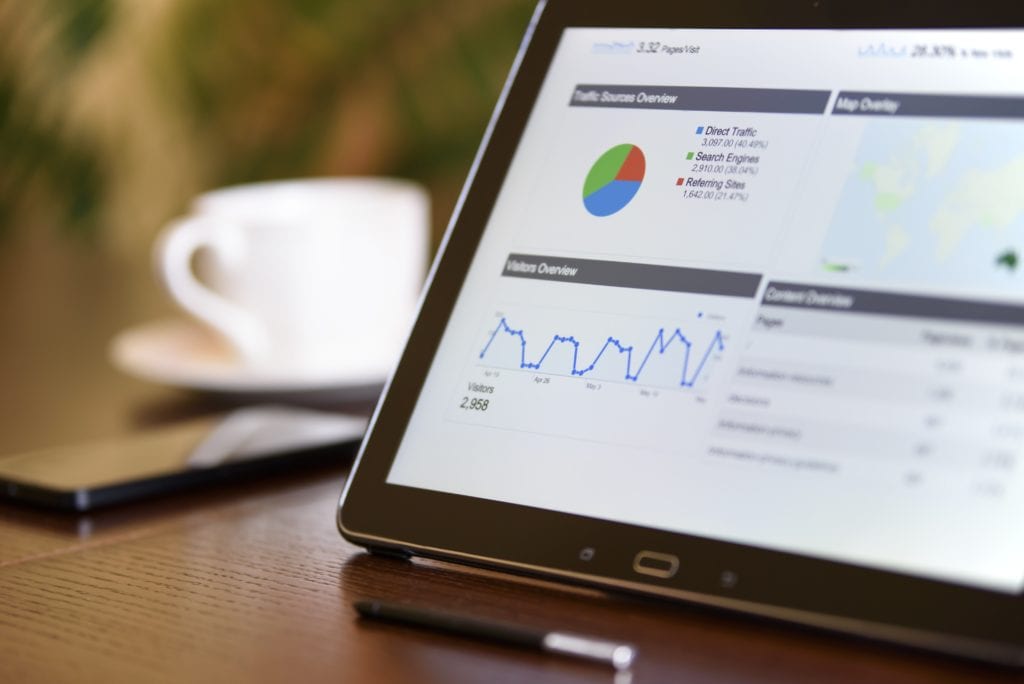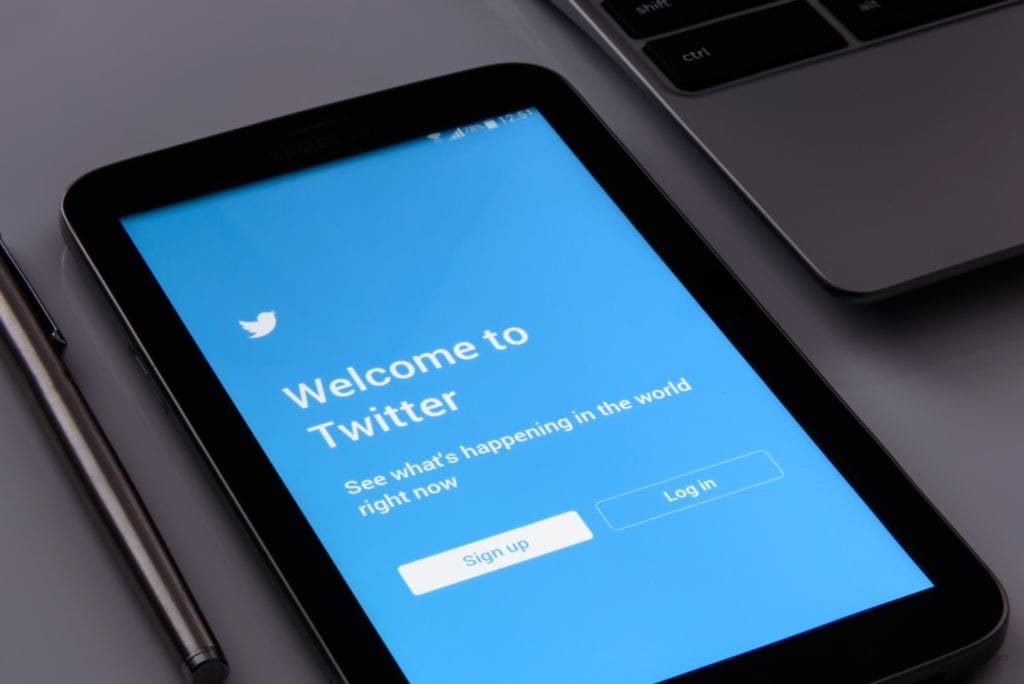This year has taken us on quite a ride hasn’t it? Things kicked off with devastating bush fires in Australia whilst Prince Harry and Meghan Markle upped sticks to America and it wasn’t long before Covid-19 arrived, the stock markets crashed, Black Lives Matter protests flooded the streets and life as we knew it changed forever.
Looking back now, breaking news in 2019 would barely register a blip on 2020’s radar which is why we were so eager to delve into OfCom’s 2020 Communications Market Report, published in Autumn this year. If 2020 changed our lives, surely it changed our consumption habits too? As the report covers data from both 2019 and 2020 the full picture remains to be seen but we do start to get an idea of how things are starting to change.
Now, we know that digging through tables and graphs to analyse reams of data may not be your thing, but luckily it is ours. We’ve taken the time to crunch the numbers and read between the lines to bring you our four key takeaways from the OfCom 2020 Communications Market Report. So, let’s dive straight in…
Your audience is mobile-first, are you?

We’re living in the Information Age and in 2020 we’re getting that information online, specifically on a smart phone. By the end of 2019 mobile phone take-up was close to universal (98% to be exact), people were continuing to use more data and 87% of homes had an internet connection.
There’s no denying it, with 81% of measured time spent online being on a mobile or tablet device your audience is officially living on the small screen. So, what does that mean for you? First, it’s time to take social media and online advertising seriously and second, from your initial strategy to your campaign materials, design your approach to be mobile-first.
We appreciate that online isn’t everything and other communications methods absolutely matter. But if your audience is online you should be there with them, getting involved in the conversation and communicating in a way that fits the platform they’re on.
Improving your user’s journey is invaluable when trying to improve their perception of your brand and if your audience is on a mobile device taking a mobile-first approach can help to do just that. To get the full picture of how your audience are engaging with your brand take a dive into your metrics on all your online touch points – think your website, online advertising and social media platforms to name just a few.
A good digital campaign should include a meaty strategy for online activity, centred around your audience with a good balance of paid-for and organic activity, well researched audience profiling, consistent key messaging and preferably some search or social listening for good measure.
Hey big (online advertising) spender

Sticking with the digital theme, let’s talk about online advertising. Over the past five years online advertising has grown at a compound growth rate of 20%, with the UK online advertising market generating £15.7bn in 2019.
Online advertising is big business and with most social media platforms now being ‘pay to play’, brands and organisations are recognising they sometimes have to put their hand in their pocket to reach the right audience. It’s easy to see why we’re so keen to spend on online ads, in September 2019 thirty-nine per cent of the total time spent online by adults in the UK was spent on Google owned sites (including YouTube) and Facebook-owned sites (including Instagram and WhatsApp). That’s a substantial chunk. Both Google and Facebook’s ad platforms offer a whole suite of tools to allow brands to create sophisticated campaigns at all price points making it an extremely accessible way to reach your audience.
We can assume that growth in online advertising will continue to increase as we move into 2021 and beyond, but what does that mean for the platforms and for your campaigns? Most advertising is paid for via an auction method where brands bid to secure ad space. Put simply, if the amount of available ad space remains at the same level but the number of advertisers increases then securing your advertising space becomes more expensive.
For the platforms this means they need to come up with new advertising methods and products which both enhance the user’s experience but also keep advertisers happy with a less volatile auction and relatively low advertising costs.
In the meantime, as an advertiser you need to pay close attention to the quality of your ads by putting in the leg work to research your audience, build a highly relevant audience group and craft the perfect ad copy and creatives that will cut through the noise and reach your audience.
The beginning of the end for Twitter?

To quote Bob Dylan, “the times they are a-changin”, and Twitter has joined the likes of Tumblr and the now defunct Google+ with a drop in unique visitors in 2019. That’s not to say it’s unpopular, it still has a very large number of total unique visitors, but it is perhaps the start of its decline.
It’s not exactly surprising, Twitter can be a vicious place to air your opinions and it’s with increasing frequency that users announce they’re going on a ‘Twitter break’ for the sake of their mental health opting for platforms like Facebook and LinkedIn where they have greater control over who they interact with.
That’s not to say Twitter should be unceremoniously kicked out of your social media strategy – like we said, there’s plenty of people still using it, but it’s definitely time to look again at the standard Facebook/Twitter/LinkedIn social mix organisations often rely on.
Take this as an opportunity to review your social media platforms – where are you seeing most engagement? Who are your audience and are they still on the platforms you’re using? Don’t be afraid to try a new platform if it’s right for your brand and your audience – Instagram, Snapchat and TikTok all offer brands an opportunity to make meaningful connections with audiences and could be a valuable addition to your strategy if used in the right way.
Think smart (speaker)

Groan-worthy title aside, whether you call out for Alexa, Siri or Cortana, nowadays when you talk to your home, your home talks back.
So, a smart speaker may be on your Christmas list, but have you factored it into your marketing strategy? If you haven’t then now might be a good time to start thinking about it.
Smart speakers may not be the number one way that people choose to communicate just yet, but remember when online video was seen as revolutionary? AI is predicted to have a similar trajectory so now is a good time to establish yourself before the marketplace gets crowded.
This is particularly true if your key audience involves 18-24-year olds. Unsurprisingly this group (closely followed by 25-35-year olds) are the most likely to use smart speakers to use online communication services or apps, with 29% saying they’ve used them in the last 12 months and 19% saying they use them at least weekly.
So, if your audience are there, how can you connect with them through smart speakers? For starters, get your SEO knocked into shape so your website appears number one in smart speaker searches.
If you want to explore ways to interact with your audience via smart speakers both Amazon and Google have fairly low barriers to entry with intuitive development tools to create Skills and Actions, so you don’t need to be a technical whiz to understand the possibilities.
And last, but by no means least, make sure you’re using AI ethically – this blog post from DTW Director Pete Whelan can help you with that.
So those are our key takeaways from OfCom’s 2020 Communications Market Report. Hopefully you’ve found them helpful! As the Covid-19 pandemic carries on and the prospect of vaccines continues to change the new world order we can’t wait to read the OfCom report in 2021 to see how our consumption habits transform in the aftermath of the pandemic.

